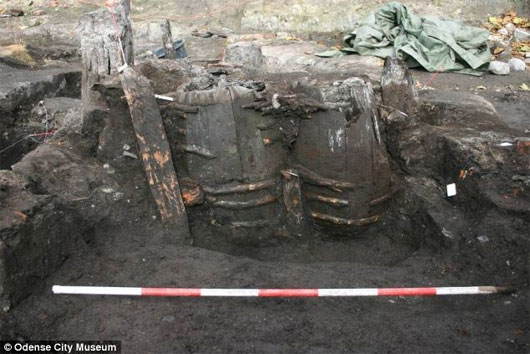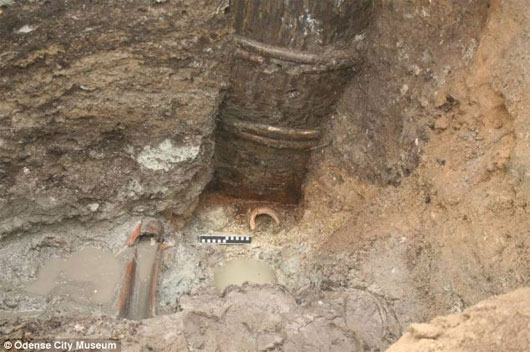Although not an amazing archaeological discovery, the discovery that the toilet still had a foul smell made experts extremely happy.
>>> The largest collective toilet on the planet
The human excrement is described as being in “excellent condition” having originated in the 14th century inside specially created barrels.
Surprisingly, the medieval manure inside those barrels still smelled strongly despite the passage of centuries.

Scientists still do not know whether the two toilets were attached to a house or served as a public toilet.
They hope that the stool will provide an idea of what the Danes ate at the time. They are currently being analyzed by experts.
The waste was found in Odense on the island of Funen. This finding is especially useful for experts because these barrels were used for different purposes before they were converted into toilets.
Markings on the wooden crates included the owner’s details and also revealed that some of them had been used to transport goods as well as to store fish.
The wooden crates are marked with details of the owner’s information and reveal that they were also used to transport goods.

Archaeologists also found three stacked barrels believed to have been used as a well.
They were attached together and covered with clay to keep them waterproof, while they also discovered a system of pipes at the bottom of the structure.
Excavation of this area is still continuing and is also the largest excavation in an urban area in Danish history. Odense is the country’s third largest city.
The oldest toilets were discovered in India and Pakistan, built 2,800 BC.
Ancient people built toilets from bricks. One of them even has a wooden seat and a trough for waste to flow into sewers and cesspools.





